Eighty years ago, the first commemoration of the Nisei soldiers took place at Lake View Cemetery in Capitol Hill. The ceremony honored the sacrifices of second-generation Japanese Americans who fought for the U.S. during World War II. The word “Nisei” describes American-born individuals with Japanese immigrant parents, which was especially significant in relation to Japanese internment during the war. These soldiers fought abroad on behalf of the U.S. while their families were being detained in internment camps on the home front—showing loyalty to a country that was not showing any in return. This sacrifice was worthy of remembrance, and a permanent memorial statue was added to the cemetery in 1949. The statue has been the site of the Memorial Day service since its installation, with 2025 marking the 80th annual ceremony.
At this year’s ceremony, speakers ranging from Army colonels to descendants of Nisei honored the veterans. While each touched on different achievements, the message was largely focused on the lasting impacts of their service.
“They didn’t do it because they felt like they had to; they did it because they wanted to. They knew the impact that they would have on generations to come,” said Colleen Fukui-Sketchley, a fourth-generation Japanese American and a member of the Nisei Veterans Committee. “Because of them, I can be judged on my own merits.”
The sacrifice the Nisei made for the U.S. was especially notable given the racism they faced on home soil. Service in the military requires a large sacrifice, no matter who enlists, but to face discrimination from one’s own country and military made it even more difficult. Nisei soldiers were faced with the tough realities of Japanese internment, such as forced relocation, incarceration camps, racial discrimination, prejudice, and an uncertain existence after World War II. Despite these challenges, the 442nd Infantry Regiment, composed of nearly all Nisei soldiers, performed exceptionally well in the war, becoming the most decorated unit in U.S. military history. The recognition of the Nisei culminated in 2011, when the 442nd Regiment was presented with the Congressional Gold Medal by President Barack Obama.
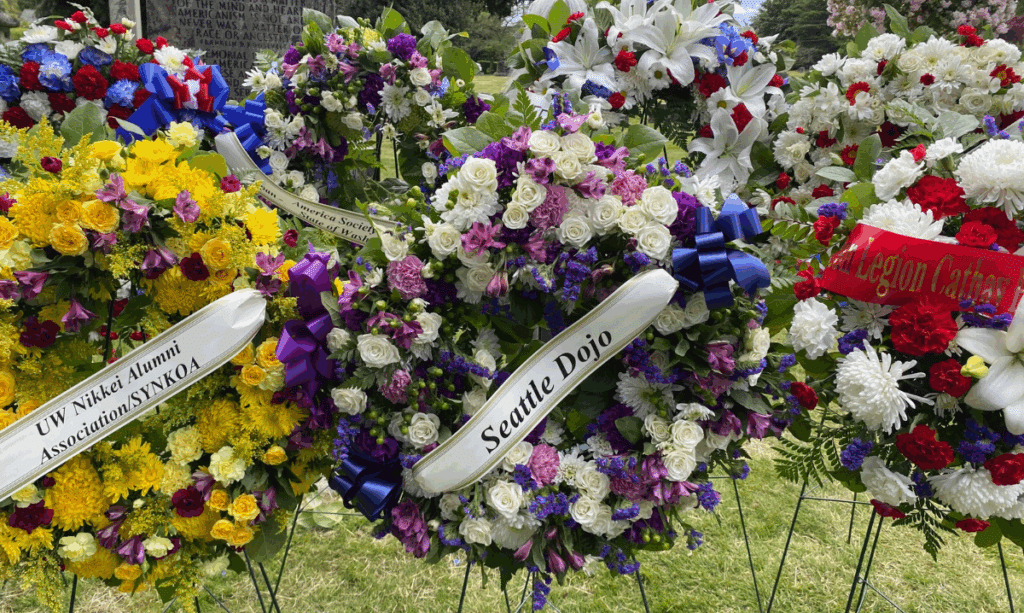
The Nisei soldiers are one of many examples of Americans who fought bravely overseas while simultaneously fighting for their equality at home. War often holds up a mirror to a country, forcing its citizens to compare what is happening at home against what is fought for abroad. The Tuskegee Airmen, the Women Airforce Service Pilots (WASP), and the Navajo Code Talkers are other examples of military heroes who faced unequal treatment on the home front. Like the Nisei, they fought for future generations.
“We think we have this freedom somehow by osmosis. But no, this happened because people were willing to die for it,” Fukui-Sketchley said, reflecting on what younger generations can learn from the Nisei soldiers. “Talk to your relatives, talk to your older people, pull those stories out because that information is going to be gone.”
The stories of the Nisei soldiers, and others like them, serve as reminders of what it means to fight for an imperfect nation. The patriotism of the Nisei soldiers was unquestionable, although they could certainly point out major flaws in the country as well. By serving the U.S., they were not condoning discrimination and internment—they were putting their own stamp on the war and working to build a future that was more hospitable for all Americans, including those of Japanese descent. Despite the country’s imperfections then and now, their legacy reminds us to keep striving toward the values that our country promises. We can thank the Nisei soldiers both for their service during World War II and for the paths they paved for those who followed in their footsteps.
Author
Jackson Ratcliffe is a student at North Seattle College. He likes to meet new people and wants to use his time at the Collegian to shine a spotlight on fresh perspectives from the Seattle Colleges, Capitol Hill, and the Greater Seattle Area. He is a Seattle native who loves the city, and works to tell some of the many stories that it has to offer.

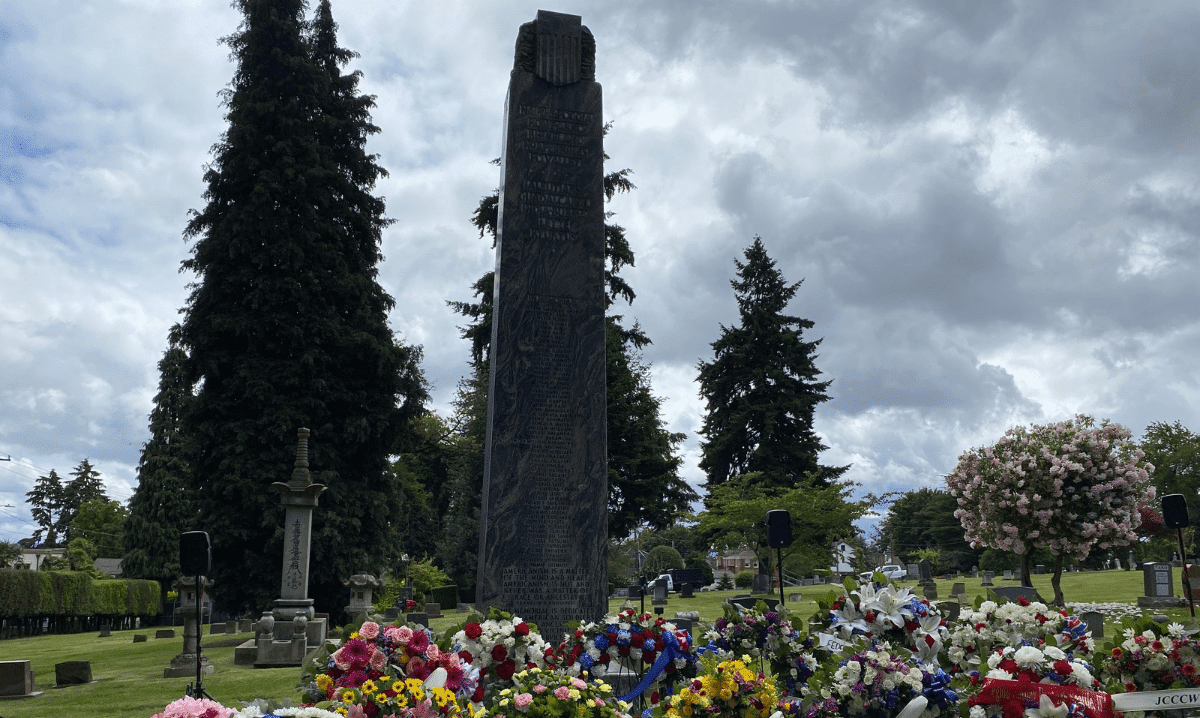

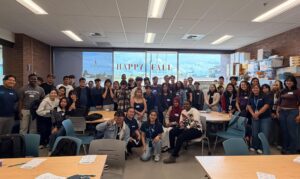
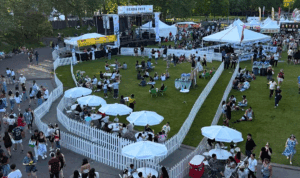
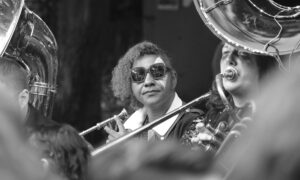

Be First to Comment